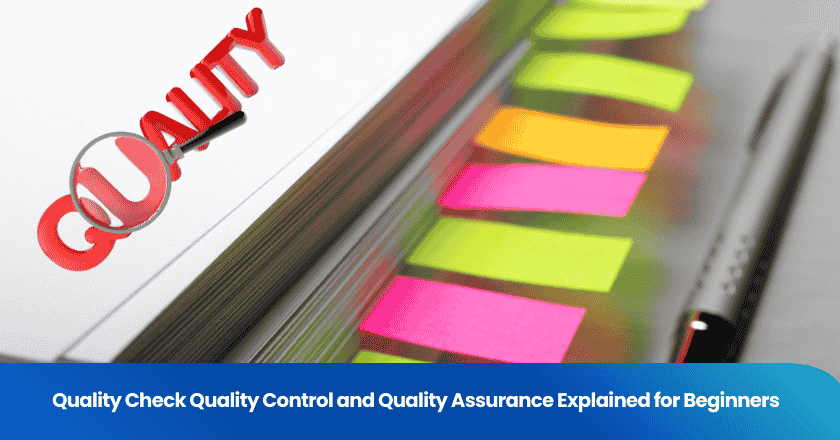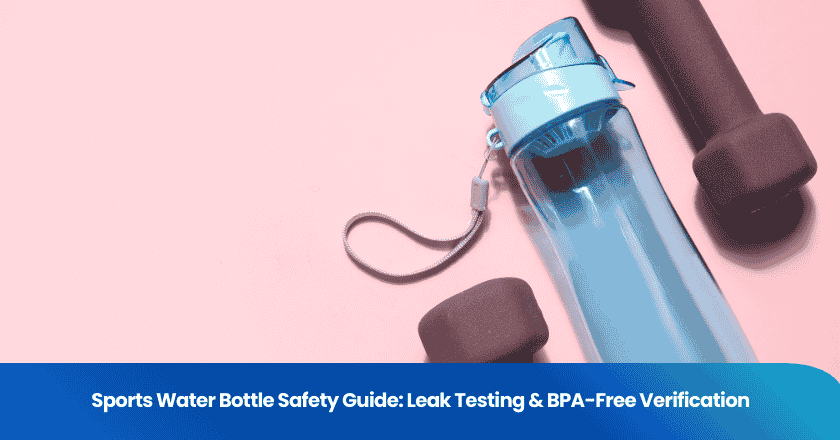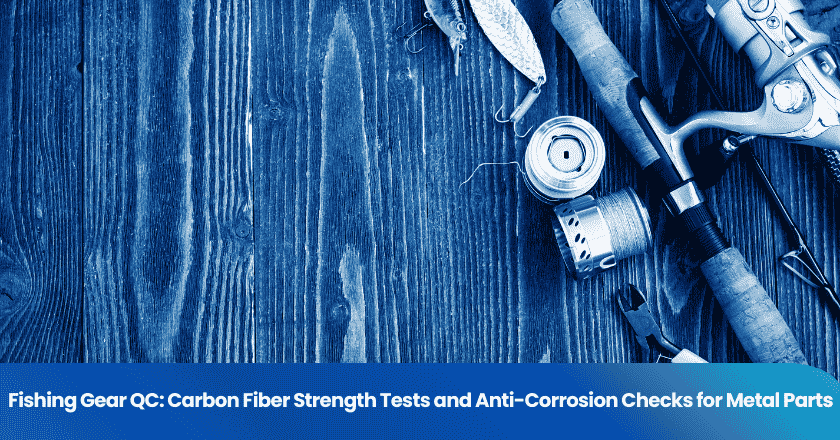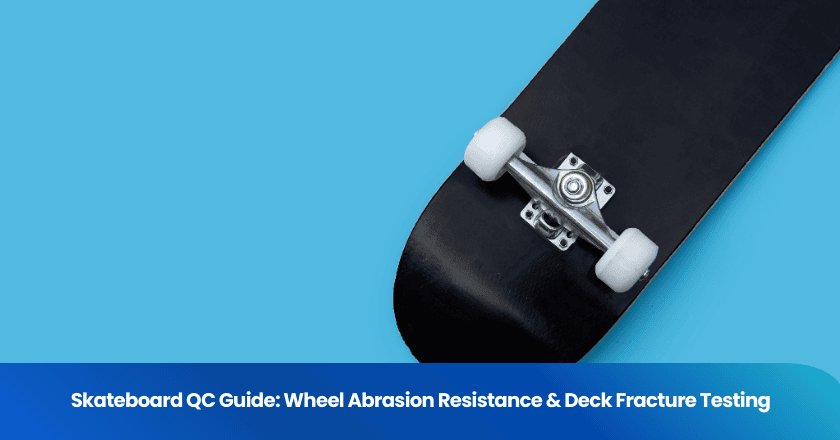
You often hear the terms quality check, quality control, and quality assurance when you work in industries that value quality. You might wonder what is quality check and how it differs from the other two. A quality check means you inspect or test a product to see if it meets specific standards. Quality control involves using methods to detect and fix defects in products. Quality assurance focuses on improving processes to prevent issues before they happen. Understanding these differences helps you maintain high quality and deliver reliable results.
Key Takeaways
- Quality check inspects finished products to ensure they meet standards before delivery.
- Quality control detects and fixes defects during production to keep products consistent.
- Quality assurance improves processes to prevent defects and supports long-term quality.
- Use quality check at the end, quality control throughout production, and quality assurance from start to finish.
- Combining quality assurance and control creates a strong system that prevents and detects problems.
What is Quality Check
Definition
You may ask, what is quality check? This term means you inspect or test a product to make sure it meets set standards. When you perform a quality check, you look for defects or issues in the final product. You use this step to confirm that the item matches the required quality before it leaves the production area. Many people use the phrase "what is quality check" when they want to understand how to verify product standards in a simple way.
Process
You start the process by selecting products from the production line. You then use tools or visual inspection to check for defects. Sometimes, you use testing equipment to measure if the product meets certain specifications. You record the results and decide if the product passes or fails. If you find problems, you may remove the defective items from the batch. The process of what is quality check often takes place at the end of production, right before shipping or delivery.
Tip: Always follow a checklist during quality check. This helps you stay consistent and catch more issues.
Role in Quality Control
You should know that what is quality check forms a key part of quality control. Quality control covers all activities that help you detect and fix defects in products. Quality check focuses on the final inspection, while quality control includes other steps like monitoring production and testing materials. You use quality check as the last line of defense before products reach customers. In production, this step helps you maintain high quality and reduce returns.
Here are some practical examples of what is quality check in different production settings:
| Production Area | Example of Quality Check | Type of Testing |
|---|---|---|
| Electronics | Inspecting circuit boards for defects | Visual and functional |
| Food Production | Checking packaging for leaks | Visual and pressure |
| Textile Production | Measuring fabric dimensions | Measurement testing |
| Automotive | Testing brakes after assembly | Functional testing |
You now see how what is quality check fits into the bigger picture of quality control and production. You use it to ensure only the best products move forward.
Quality Control
Definition
You use quality control to make sure products meet specific standards. This process focuses on the product itself. You look for defects and take steps to correct them before the product reaches the customer. Quality control acts as a safeguard in your production process. You rely on it to catch mistakes that might slip through earlier steps. By using quality control, you help maintain a consistent level of quality in every item you produce.
Methods
You have several methods to apply quality control in your work. The most common method is inspection. You examine products at different stages of production. You might use visual checks, measurements, or functional testing. Sampling is another method. You select a few items from a batch and test them to represent the whole group. You can also use statistical process control, which involves tracking data and spotting trends that signal problems. Testing plays a big role in quality control. You might perform stress testing, durability testing, or safety testing, depending on your industry.
Note: Quality checks are a key part of quality control. You use them as the final step to confirm that products meet your standards before shipping.
When to Use
You should use quality control throughout the production process. Start with raw materials and continue until the finished product. You need quality control when you want to detect and fix defects quickly. This approach works best when you must deliver reliable products to customers. You also use quality control when you want to reduce waste and avoid costly recalls. In industries like manufacturing, food production, and electronics, quality control is essential for safety and customer satisfaction. You rely on regular testing and inspection to keep your production line running smoothly and your products meeting high standards.
Quality Assurance
Definition
You use quality assurance to focus on the process that creates your product or service. This assurance method aims at preventing defects before they happen. You do not just look at the final product. Instead, you examine every step in the process. Quality assurance means you set up systems and procedures to ensure consistent results. You rely on standards like iso standards and best practices to guide your work. This approach helps you build trust with customers and maintain high quality over time.
Process-Oriented Approach
You take a process-oriented approach when you use quality assurance. You analyze each process in your workflow. You look for areas that need improvement. You use audits and quality audits to check if your processes meet the required standards. You also review documentation and training to make sure everyone follows the same steps. This proactive process helps you spot issues early. You use continuous improvement to keep raising your standards. You focus on process improvement, not just fixing problems after they occur.
Tip: Regular audits and reviews help you find gaps in your process and support continuous improvement.
Prevention vs Detection
You use quality assurance as a proactive process. Your goal is preventing defects, not just finding them. You design your processes to avoid mistakes from the start. You use best practices and iso standards to guide your actions. You train your team and update procedures as needed. In contrast, quality control focuses on detection. You find and fix defects after they appear. With assurance, you aim for continuous improvement and long-term success. You make sure every process step supports your quality goals.
Quality Check vs Quality Control vs Quality Assurance
Key Differences
You need to understand the key differences between quality check, quality control, and quality assurance to manage quality effectively. Each term serves a unique purpose in quality management systems. Quality check focuses on inspecting finished products. You use this step to confirm that items meet set standards before delivery. Quality control involves detecting and correcting defects during production. You rely on control methods to maintain consistency and meet customer expectations. Quality assurance takes a broader view. You use assurance to improve processes and prevent issues before they occur. This proactive approach supports long-term quality management efforts.
You see that quality check is product-focused and happens at the end of production. Quality control covers the entire production process and aims to catch problems early. Quality assurance works at the system level. You use assurance to design processes that consistently deliver high-quality results. Integrating qa and qc helps you build a strong quality management system. You combine detection and prevention to meet quality goals and satisfy customers.
Note: Understanding these key differences helps you choose the right strategy for your quality management efforts.
Comparison Table
Here is a detailed comparison of quality check, quality control, and quality assurance. This table gives you a quick reference to see how each fits into quality management systems.
| Aspect | Quality Check | Quality Control | Quality Assurance |
|---|---|---|---|
| Purpose | Inspect final products | Detect and correct defects | Prevent defects by improving processes |
| Timing | End of production | Throughout production | Across all stages, including planning |
| Focus | Product | Product and process | Process and system |
| Approach | Reactive | Reactive | Proactive |
| Activities | Visual checks, testing | Inspections, sampling, testing | Audits, process reviews, training |
| Role in Quality Management | Last step before delivery | Ongoing during production | Foundation for quality management system |
| Impact on Customer Expectations | Ensures only good products reach customers | Reduces defects and recalls | Builds trust and long-term satisfaction |
Tip: Use this table to guide your decisions when setting up or improving your quality management system.
Timing and Focus
You must pay attention to timing and focus when choosing between quality check, quality control, and quality assurance. Quality check happens after production. You use it as the final safeguard before products reach customers. Quality control takes place during production. You monitor and control processes to catch defects early. Quality assurance starts before production and continues throughout the lifecycle. You design and refine processes to prevent problems from occurring.
Quality management systems rely on all three elements. You use quality check to verify standards. You apply control methods to maintain consistency. You implement assurance practices to drive continuous improvement. Each part supports your overall quality management efforts. You create a balanced system by integrating qa and qc. This approach helps you meet customer expectations and deliver reliable products.
Callout: Quality management is not a single step. You need a combination of quality check, control, and assurance to achieve the best results.
Examples by Industry
Manufacturing
You work in manufacturing, where quality drives your results. You use quality assurance to set up standard operating procedures for every step. You train your team to follow these procedures, which helps prevent errors. During production, you apply quality control by inspecting parts and monitoring assembly lines. You perform regular testing to catch defects early. At the end, you conduct a quality check by examining finished products for scratches or incorrect dimensions. This process ensures customer satisfaction and reduces returns.
| Step | Example Activity | Purpose |
|---|---|---|
| Quality Assurance | Procedure documentation | Prevent defects |
| Quality Control | In-line inspections | Detect defects |
| Quality Check | Final product measurement | Verify standards |
Food and Beverage
You manage a food production facility. You use quality assurance to create hygiene protocols and train staff on safe handling. You monitor ingredient sourcing to maintain high quality. Quality control involves routine testing of batches for taste, texture, and safety. You check packaging for leaks or contamination. Before shipping, you perform a quality check by inspecting labels and expiration dates. These steps protect consumer health and boost satisfaction.
Tip: Consistent quality testing in food production helps you meet regulatory standards and avoid costly recalls.
Software
You develop software, where quality assurance means you design coding standards and review development processes. You use automated tools to check for errors before release. Quality control includes code reviews and functional testing to find bugs. You rely on software testing to validate features and performance. Before launch, you run a final quality check to confirm the product meets user requirements. This approach improves reliability and increases user satisfaction.
- Quality assurance: Establish coding guidelines and peer reviews.
- Quality control: Conduct software testing and bug tracking.
- Quality check: Test final release for usability and performance.
Healthcare
You work in healthcare, where quality assurance involves setting protocols for patient care and staff training. You use audits to ensure compliance with regulations. Quality control includes monitoring equipment calibration and performing routine testing of samples. You check medical records for accuracy. Before procedures, you conduct a quality check by verifying patient identity and reviewing consent forms. These actions safeguard patient safety and enhance satisfaction.
Note: In healthcare, strong quality management reduces risks and improves outcomes for everyone.
Choosing the Right Approach
Factors to Consider
You face many choices when building a strong quality management system. You must decide which approach fits your needs. Several factors guide your decision. The industry you work in shapes your requirements. Manufacturing, healthcare, and software each demand different levels of control and assurance. The type of product also matters. High-risk items, such as medical devices, require strict quality assurance and frequent audits. Low-risk products may rely more on quality checks.
You must assess the complexity of your process. Simple workflows may only need basic quality checks. Complex systems benefit from continuous improvement and process reviews. Risk level plays a key role. Products with safety concerns need robust quality management efforts. You should also consider regulatory requirements. Many industries follow iso standards and best practices. These standards often require both assurance and control activities.
Tip: Regular audits help you identify gaps and support improvement in your process.
When to Use Assurance or Control
You must choose between assurance and control based on your goals. Use quality assurance when you want to prevent defects and drive improvement across your process. This approach works best for organizations focused on long-term quality management. You rely on audits, documentation, and training to maintain high standards. Continuous improvement becomes part of your daily routine.
You use control when you need to detect and correct defects quickly. This method suits environments where immediate action is necessary. Quality control helps you maintain consistency and reduce waste. You combine control with quality checks to verify product standards. For best results, integrate assurance and control into your quality management systems. This combination supports both prevention and detection.
| Approach | When to Use | Main Activities |
|---|---|---|
| Quality Assurance | High-risk, regulated industries | Audits, process improvement |
| Quality Control | Fast-paced production environments | Inspections, testing |
| Quality Check | Final product verification | Visual checks, measurements |
You strengthen your quality management by choosing the right mix of assurance, control, and improvement. This strategy helps you meet customer expectations and achieve continuous improvement in every process.
You now understand the main differences between quality check, quality control, and quality assurance. Each plays a unique role in your quality management process. Choose the right approach based on your industry and goals. When you apply these concepts, you improve your results and build trust with customers.
Keep learning about quality management to stay ahead in your field.
FAQ
What is the main goal of quality assurance?
You use quality assurance to prevent defects by improving your processes. This approach helps you deliver consistent results and build trust with your customers.
How does quality control differ from quality check?
You use quality control to monitor and correct defects during production. Quality check focuses on inspecting finished products before delivery to ensure they meet standards.
Why should you combine quality assurance and quality control?
You achieve better results when you combine both. Quality assurance prevents problems, while quality control detects and fixes issues. This combination strengthens your quality management system.
When should you perform a quality check?
You should perform a quality check at the end of production. This step ensures that only products meeting your standards reach your customers.
Can you use quality assurance in service industries?
Yes, you can use quality assurance in service industries. You improve your processes, train your staff, and set standards to deliver reliable and high-quality services.
Grow your business with TradeAider Service
Click the button below to directly enter the TradeAider Service System. The simple steps from booking and payment to receiving reports are easy to operate.



